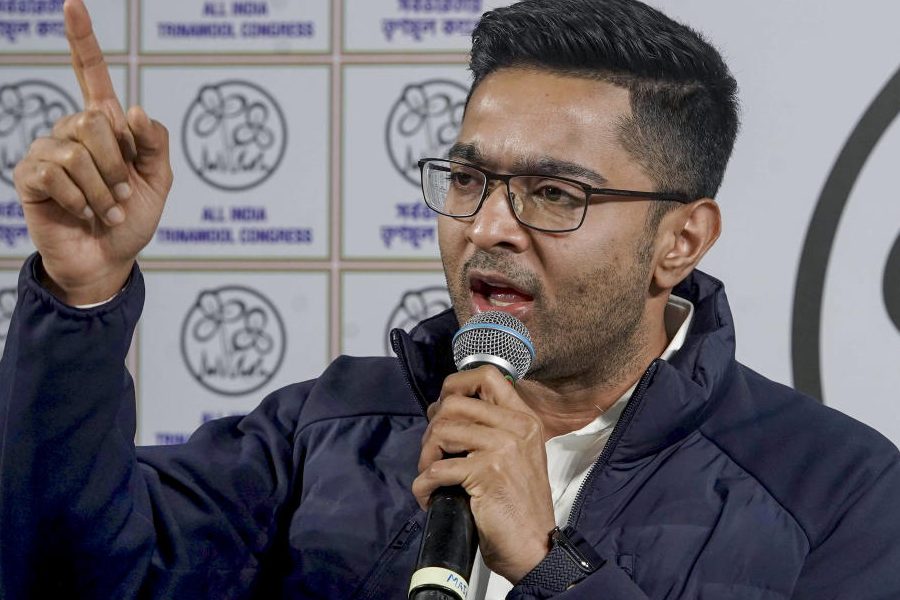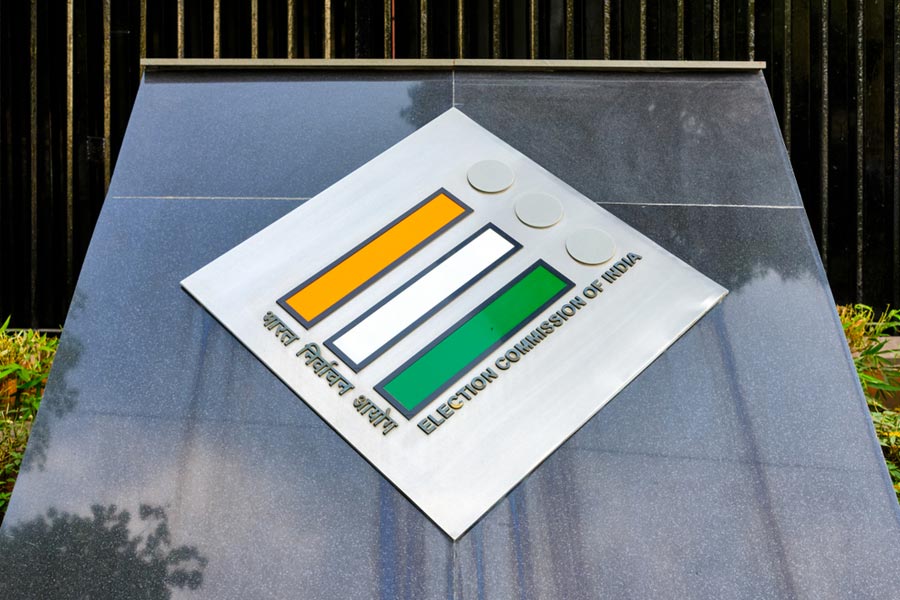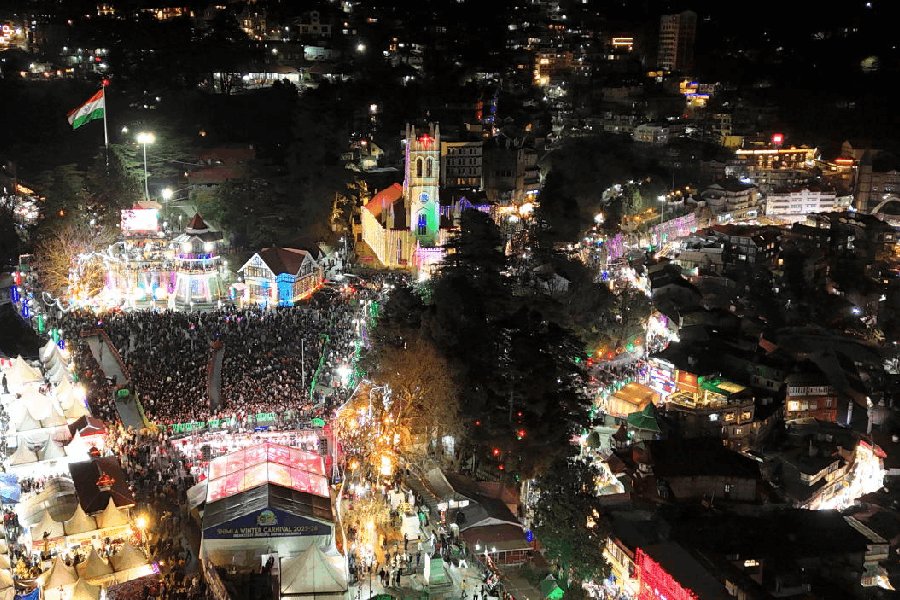 |
 |
When it comes to the future of surgery, there are three kinds of surgeons: those who watch it happen, those who make it happen, and those who wondered what happened.
While most of the world’s surgical community would easily fall in the last category, Frenchman Jacques Marescaux is a name to reckon with in surgical development. Marescaux made history in 2001 with Operation Lindbergh when he, from New York , performed laparoscopic gall bladder surgery on a patient 6,500 km away in Strasbourg . An example of robotic telesurgery, the event opened the window to a whole new future of surgery.
Leave no scars
Marescaux is currently working on a project on “no-scar surgery” at the European Institute of Tele Surgery (EITS), Strasbourg . Called Notes (Natural Orifice Transluminal Endoscopic Surgery), the project focuses on removal of abdominal organs — like the gall bladder, appendix, adrenal, spleen and pancreas — using endoscopes passed through the mouth, anus or vagina. In a typical procedure, a specially designed flexible endoscope is passed through the mouth and a small hole created in the stomach wall. The surgeon passes instruments through this hole to dissect the target organ, eventually extracting it through the stomach and out of the mouth. End result: no scars on the belly, no pain of cuts or wound infections!
Nageshwar Reddy and G.V. Rao of the Asian Institute of Gastroenterology, Hyderabad , conducted the first human cases of removal of the appendix through the stomach. Talking about his experience at the Society of American Gastrointestinal and Endoscopic Surgeons (Sages) Conference at Dallas in June 2006, Rao said, “We put in a laparoscope in addition to doing the transgastric appendectomy, just to be safe.”
So what is the safety issue here? “This approach is very difficult to use in humans because of the difficulty in closing the stomach hole,” explains Marescaux. “We are developing a method to close the hole that will be easier than stitches and clips. But we cannot reveal the method right now.” Why not? Because companies including Karl Storz and Ethicon Endo-Surgery are pouring in millions of dollars to develop the first commercially available endoscopic Notes device. Naturally, confidentiality is the keyword.
Ethicon recently gave a million-dollar grant to Sages for research on the new science. Work is thus on to develop and refine newer endoscopes that can accommodate multiple sturdy instruments through them as well as make stomach wall closure safer.
So is no-scar natural orifice surgery realistic? Moshe Schein, author of several surgical books and associate editor of World Journal of Surgery, is critical. “The idea is superficially appealing. But, to me, violating the integrity of the stomach wall to take out the gall bladder is against the basic rules of surgery, including the Kiss principle (Keep it simple, stupid). Do you really want to punch a hole in the stomach and then fix it — risking leaks — in order to take out an appendix or a gallbladder? Not me!” he says.
But Marescaux is optimistic. “I believe Notes is more minimally invasive than the laparoscopic approach, though I don’t know if this will replace laparoscopy in the future.” And when do we see it in action, beyond animal labs? “One to two years,” he asserts.
Richard Satava, professor of surgery, University of Washington Medical Center, Seattle , sums it up: “What is important is to see if there is significant improvement for the patient over current laparoscopic procedures — after all, success must be determined by patient outcomes.”
Robot: master or slave?
Contrary to popular notion, robotic surgery does not mean the surgeon is replaced by a robot. The four-armed machine, wielding multiple instruments including cameras, is merely a slave obeying the commands of its master, the surgeon, who sits outside on his console, moving his hands on joystick equivalents closely watching displayed monitors. The positioning of a machine between the surgeon and the patient eliminates the chances of any error on the surgeon’s part. In addition, the three-dimensional In-Site 10-fold magnified vision makes surgery easier and safer (In-site is the Intuitive Surgical-owned technology that allows 3D vision). The robot can manoeuvre its instruments like a human wrist, something that is impossible in laparoscopic surgery.
Ashok Hemal, professor of urology at the All India Institute of Medical Sciences (AIIMS) in New Delhi and formerly at Vatikutti Urology Institute, Henry Ford Hospital, Michigan , says, “Mani Menon and his team at Vatikutti have done around 2,700 robotic radical prostatectomies, with excellent results.” Menon has standardised this traditionally bloody and complex operation for prostate cancer by using the “da Vinci robot”.
Leonardo da Vinci, who in 1495 conceived the world’s first robot, is now the flag bearer in name not only of a best selling book by Dan Brown but also of the fast evolving field of surgical robotics. This robot is a virtual monopoly product of Intuitive Surgical, a $260-million US company, with 509 installations around the globe. India has four of these, with AIIMS having two, and Escorts Heart Institute in New Delhi and The Cardiac Research and Education Foundation in Hyderabad one each.
So why are heart hospitals reaching out for da Vinci? Operations like coronary artery bypass and mitral valve reconstruction can now be done by the key-hole approach and are being touted as two of the most marketable robotic procedures, apart from radical prostatectomy, hysterectomy and weight loss (bariatric) surgery.
Robotics, however, does not come cheap. The da Vinci robot is priced at $1.7 million (nearly Rs 7 crore), with an additional annual service contract of more than $100,000. Moreover, each procedure needs instruments that cost anything between $1,000 and $1,500, provoking some to scoff at the benefits. Danny Rosin, senior surgeon at Sheba Medical Centre, Tel Aviv University, questions whether “it is a solution waiting for a problem”. Hemal is cautious: “Such expensive technology needs a good surgeon; it cannot by itself make for good results. Robotics only expands the horizons of laparoscopic surgery; it cannot replace it.”
In the US and Europe, robotic procedures are increasing, with more than 8,000 prostatic cancers coming under the da Vinci’s scalpel every year. In India, though, hospitals are doing very little work to justify the investment. At AIIMS, Hemal has done 50 robotic radical prostatectomies.
Although rare and difficult to implement, robotic telesurgery is evolving. Like Operation Lindbergh, the surgeon operates from a distance, using a sophisticated telecommunications system with high-output fibre optics that result in little transmission delay.
Mobile robots are also being used for simpler jobs, like seeing patients from home or office. The RP-6 mobile telemedicine robot made by Californian company In-Touch is a robotic platform with a flat-panel monitor supported by a telemedicine connection. The nurse can go with the robot on rounds, and the patient can see and converse with the doctor over the telemedicine link. Richard Satava remarks, “There has been surprisingly good acceptance of this technology, especially where physicians do not have much time for rounds. Patients quickly become accustomed to seeing their doctor on the video monitor, and frequently prefer this method of communication because the surgeon takes more time and has better eye contact with the patient!”
No small matter
The world’s first medical micro robot, invented by Dmitry Oleynikov, associate professor, Department of Surgery, University of Nebraska Medical Center, looks like a lipstick case and can navigate inside the abdominal cavity on wheels and tracks, capturing pictures with an inbuilt camera and lights, while being controlled by an external remote control. Though the device can do little beyond biopsies and recording pH, temperature and pressure, it is of sufficient potential for Nasa to be interested in exploring its possibilities in space.
An Israeli company, GI View Ltd., is developing a new technique for screening colonoscopy, called Aer--Scope. This device navigates itself up the colon when placed in the rectum. Moshe Schein, in spite of being known as a conservative surgeon, is enthusiastic. “Recent studies show that GI physicians miss polyps during screening colonoscopy. I think it is because they are doing too many of these procedures per day (often up to 30) to do a complete check. Now imagine a small robot with a video camera, travelling on minute tracks, like a Merkava Tank, inserted in the rectum, walking up through the colon, and photographing everything. The video is loaded into a computer and interpreted,” he explains.
John Mellinger, chief of gastrointestinal surgery, Medical College of Georgia, who recently wrote an article on Endoluminal surgery in Surgical Endoscopy, says, “The entire colonic status is seamlessly reconstructed from the images we get from this painless procedure.”
An eye for perfection
Often human anatomy and disease create illusions that fool even the most expert eyes. During gall bladder surgery, the bile duct can be injured, as can the ureter during removal of the uterus, each with devastating consequences. If the surgeon could see each structure clearly separate from the other, it could significantly reduce chances of injury. Augmented Reality, initially a neurosurgeon’s guide map, is now a high priority at Marescaux’s institute, EITS. EITS has developed software to reconstruct laparoscopic images in 3D system. The patient first undergoes a CT scan that a computer reconstructs in 3D. Veins are coloured blue, arteries red and so on. When the patient is on the operation table, the CT-reconstructed images are superimposed on the monitor that shows the actual operation in real time. Marescaux demonstrates this in the laparoscopic removal of an adrenal gland tumour, where he uses the technology at will to show the perfect location of the major veins that lurk beneath the fat. Marescaux is convinced the future of abdominal surgery lies in Augmented Reality combined with Robotics, in both laparoscopic surgery and Notes’ “no-scar” surgery.
As the rest of the world looks on, Marescaux uses a Persian proverb: “The madman forces doors, the wise follow.” As one preparing for it today, tomorrow seems destined to be his.
Dr B. Ramana is a Calcutta-based advanced laparoscopic surgeon. He can be contacted at rambodoc@gmail.com











